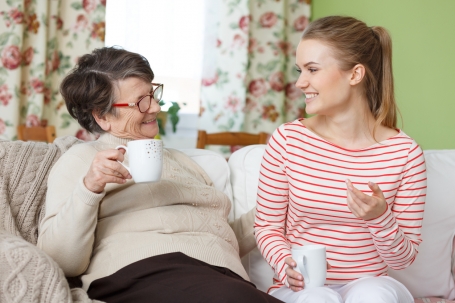Parkinson’s Disease (PD) is a complex progressive neural degenerative disorder with wide-reaching implications affecting both the patient and their community (Contreras-Vidal & Stelmach, 1996). Movement dysfunctions are a hallmark of PD and can severely compromise the ability to perform everyday activities, like walking (Shumway-Cook & Woollacott, 2007).
Management of PD has conventionally centred around pharmacological agents known to target depleted subcortical neural substrates focussed over the basal ganglia (Doherty et al., 2011; Tomlinson et al., 2014). However, some authors have postulated a potential disturbance of the cerebellum function amongst the patients with PD (Grabli et al., 2012).
It is common knowledge that people with PD tend to move at a faster pace when external cues are available (Berardelli, 2001). These sensory cues can be visual, auditory or tactile in application (Keus et al., 2004). One study with sixteen PD and similarly matched control subjects were used to investigate visual cueing (Azulay, Mesure, & Blin, 2006). The gait characteristics like; speed and step distance were recorded during the walking trail with and without floor line markings. Also, the experiment included normal lighting and stroboscopic illumination conditions. The aim of the stroboscopic visual effect is principally to suppress dynamic visual cues. The gait properties of the PD subjects were clearly improved (increased velocity and stride length) under standard visual cuing conditions. However, with the stroboscopic stimulus combined with stripes on the floor, the gait improvements were suppressed. Interestingly, the results suggest that a potential visual-motor pathway likely via the cerebellum may potentially by-pass the damaged basal ganglia in PD.
Azulay, J.-P., Mesure, S., & Blin, O. (2006). Influence of visual cues on gait in Parkinson’s disease: contribution to the attention or sensory dependence? Journal of the Neurological Sciences, 248(1-2), 192–5. doi:10.1016/j.jns.2006.05.008
Berardelli, A. (2001). Pathophysiology of bradykinesia in Parkinson’s disease. Brain, 124(11), 2131–2146. doi:10.1093/brain/124.11.2131
Contreras-Vidal, J. L., & Stelmach, G. E. (1996). Effects of Parkinsonism on motor control. Life Sciences, 58(3), 165–176. Retrieved from http://www.ncbi.nlm.nih.gov/entrez/query.fcgi?cmd=Retrieve&db=PubMed&dopt=Citation&list_uids=9499157
Doherty, K. M., van de Warrenburg, B. P., Peralta, M. C., Silveira-Moriyama, L., Azulay, J.-P., Gershanik, O. S., & Bloem, B. R. (2011). Postural deformities in Parkinson’s disease. The Lancet. Neurology, 10(6), 538–49. doi:10.1016/S1474-4422(11)70067-9
Grabli, D., Karachi, C., Welter, M.-L., Lau, B., Hirsch, E. C., Vidailhet, M., & Francois, C. (2012). Normal and pathological gait: what we learn from Parkinson’s disease. Journal of Neurology, Neurosurgery & Psychiatry.
Keus, S., Hendriks, H., Bloem, B., Bredero-Cohen, A., de Goede, C., van Haaren, M., … Munneke, M. (2004). KNGF Guidelines for physical therapy in patients with Parkinson’s Diseae. Dutch Journal of Physiotherapy, 114(3), 1–88. Retrieved from http://www.appde.eu/pdfs/Dutch Parkinson’s Physiotherapy Guidelines.pdf
Shumway-Cook, A., & Woollacott, M. H. (2007). Motor control: Translating research into clinical practice (3rd ed.). Baltimore: Lippincott, Williams & Wilkins.
Tomlinson, C., Herd, C., Clarke, C., Meek, C., Patel, S., Stowe, R., … Ives, N. (2014). Physiotherapy for Parkinson’s disease: a comparison of techniques. The Cochrane Database of Systematic Reviews, 6(6), CD002815. doi:10.1002/14651858.CD002815.pub2
